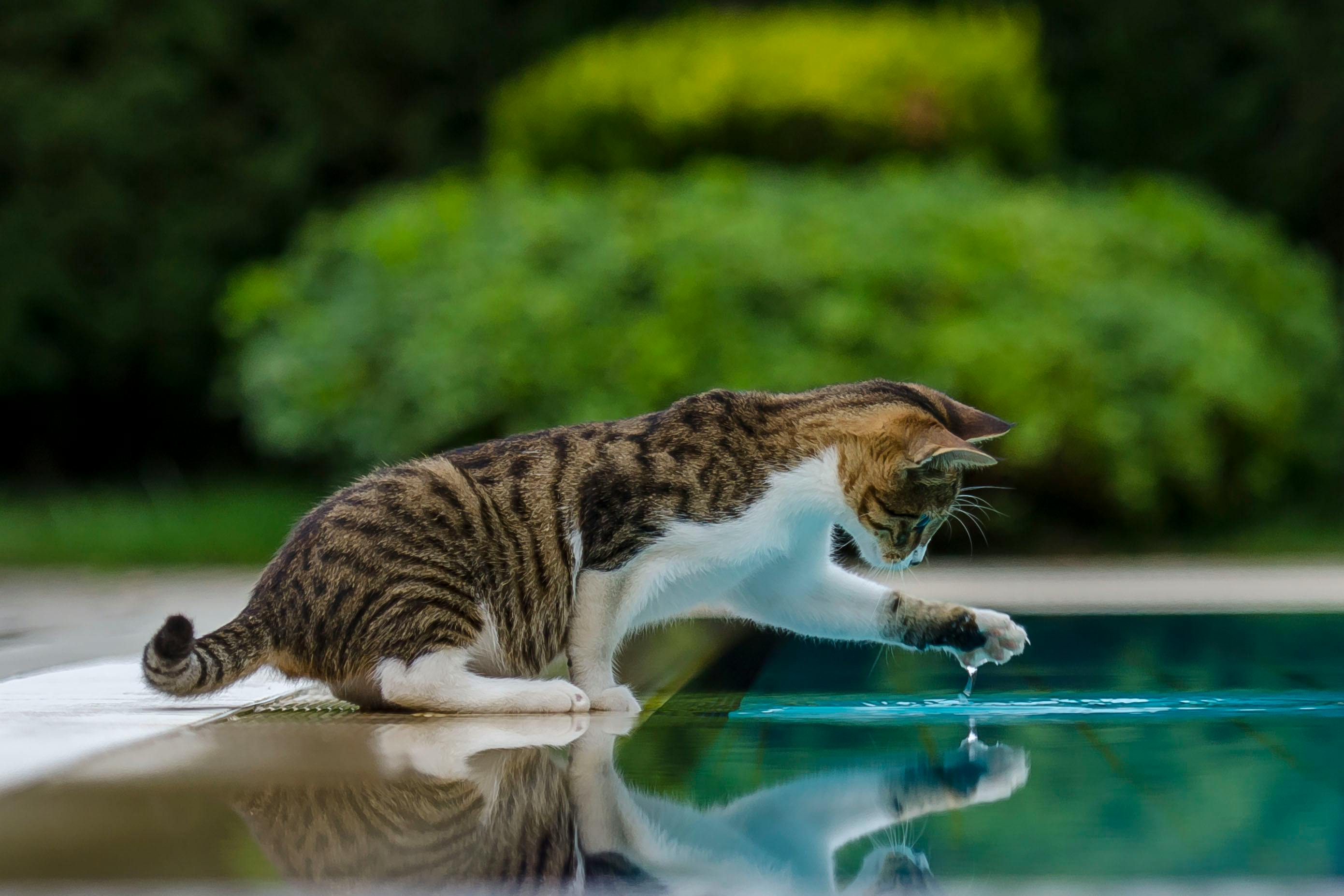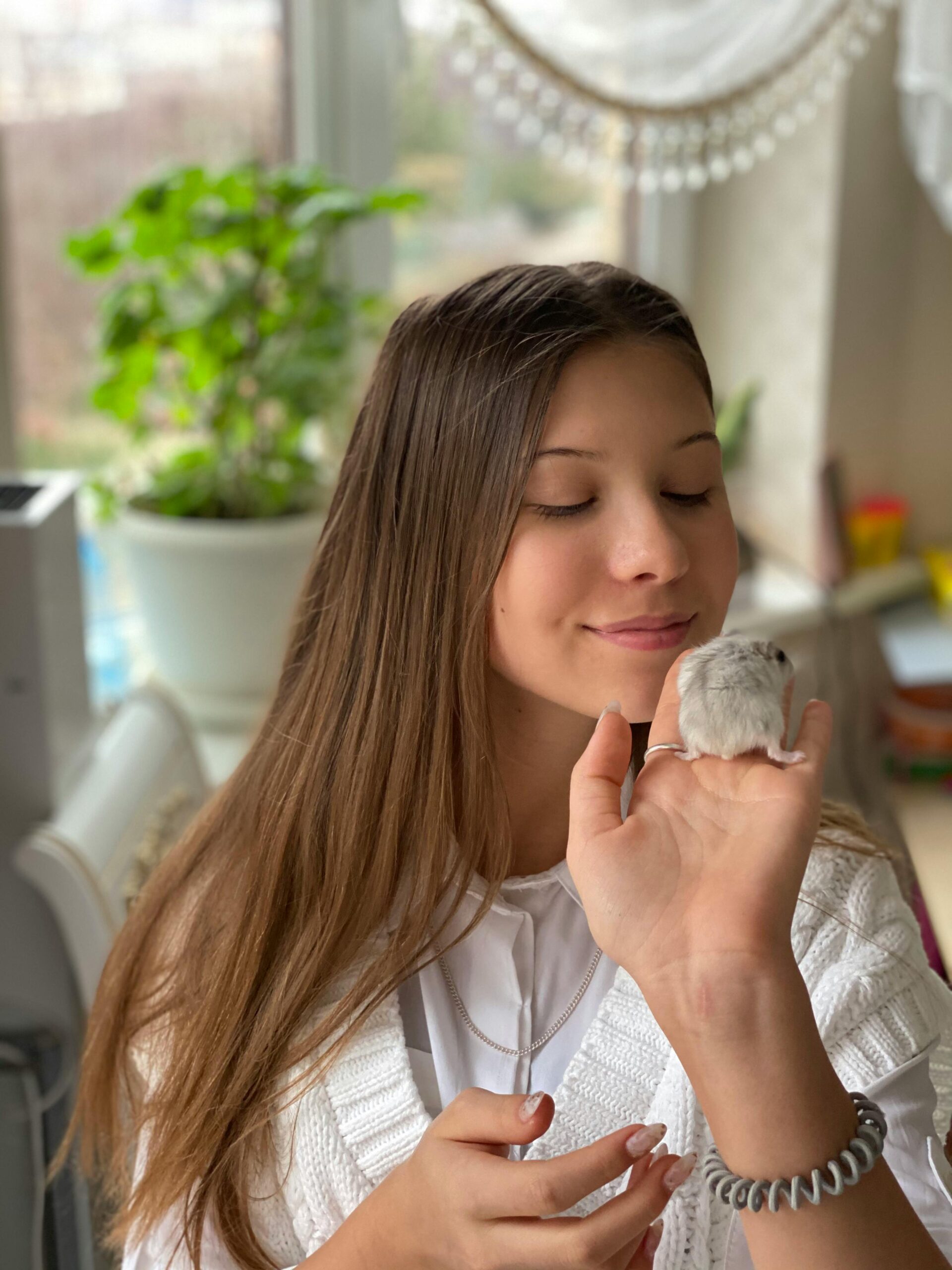Fun Hamster Facts
Hamsters are captivating little creatures that have captured the hearts of many pet lovers around the world. They belong to the rodent family and come in various breeds, each with unique characteristics and behaviors. In this article, we will explore some fascinating facts about hamsters that will deepen your appreciation for these adorable pets.
The Fascinating World of Hamster Breeds
There are several different breeds of hamsters, each with its own distinct traits and personalities. The most common hamster breeds include the Syrian hamster, Roborovski hamster, Winter White dwarf hamster, and Campbell’s dwarf hamster. **Syrian hamsters**, often known as golden hamsters, are the largest of the bunch and are typically more solitary than their dwarf counterparts. Roborovski hamsters, on the other hand, are known for their energetic nature and are very social, making them great pets for families. Understanding the various breeds is crucial for potential pet owners to ensure they choose the right hamster for their lifestyle.

Syrian Hamsters
Syrian hamsters are the most popular pet hamsters due to their friendly disposition and relatively larger size, which makes them easier to handle. They can come in a variety of colors and fur types, including long-haired and short-haired varieties. These hamsters require a spacious cage with plenty of enrichment, such as tunnels and chew toys. It’s important to note that Syrian hamsters are solitary creatures and should be housed alone to prevent territorial disputes.
Dwarf Hamsters
Dwarf hamsters are smaller in size and can be very social if kept in same-gender pairs or groups. Breeds such as the Campbell’s dwarf and Winter White dwarf hamsters are particularly known for their playful and curious personalities. Due to their small size, they require smaller spaces but still need sufficient enrichment to keep them happy and healthy. Always monitor their interactions to ensure they remain harmonious, as fights can ensue if one hamster feels threatened or outnumbered.
Behavior and Habits of Hamsters
Understanding hamster behavior is essential for providing a great pet experience. Hamsters are primarily nocturnal, meaning they are most active during the night. This can be a surprising trait for new hamster owners. Creating a suitable environment with enough activities for your hamster during their active hours can foster a happy, healthy pet. They enjoy exercise wheels, tunnels, and puzzle toys that mimic foraging behaviors.
Social Interactions
While some hamsters enjoy interacting with humans, others can be more reclusive. Knowing your hamster’s personality will influence how often you handle them or offer them social playtime. Gradual introductions and allowing your hamster to come to you can encourage positive interaction. **Playtime** outside their cage in a secure area can also promote bonding, but always supervise to prevent escapes or accidents.

Sleeping Patterns
As nighttime creatures, hamsters have unique sleeping patterns. It’s crucial to provide a quiet habitat that allows them to rest undisturbed during the day. The bedding material should be soft and absorbent to help maintain comfort during their sleep. Creating dark, cozy hideouts can encourage them to feel safe and secure, which ultimately contributes to their happiness.
Diet and Nutrition for Hamsters
Feeding hamsters a balanced diet is integral to their health and longevity. Hamsters are omnivores, and their diet should consist of a mix of high-quality commercial hamster pellets, fresh fruits, and vegetables. Care should be taken to avoid feeding them soft, high-sugar foods which can lead to obesity or diabetes. Keeping their diet varied ensures they receive essential nutrients while also enjoying their meals.
Healthy Treats for Hamsters
Hamsters can certainly benefit from tasty treats, but moderation is key. **Vegetables** like carrots, broccoli, and cucumbers can be offered in small amounts, while occasionally giving them seeds or nuts can add variety to their diet. Avoid sugary treats, as these can be detrimental to their health. Additionally, chewing treats can help maintain their dental health, as hamsters’ teeth continually grow throughout their life.

Hydration and Water Access
Providing fresh water is vital for your hamster’s well-being. Always ensure that their water bottle is clean and filled daily. Using a water bottle with a spout can prevent spillage and keep their bedding dry. **Periodic checks** on water supply are essential, especially if you notice your hamster is active and drinking more than usual, which may indicate they need extra hydration due to environmental changes or diet adjustments.
Fun Facts About Hamsters
Hamsters are more than just cute companions; they have unique traits that make them fascinating. For instance, did you know that they can store food in their cheek pouches? This ability is crucial for their survival in the wild, allowing them to transport food back to their burrows. Another interesting fact is that hamsters can run up to five miles on their exercise wheels in a single night. Their energetic nature does require proper outlets to prevent boredom and stress in captivity.
Cheek Pouch Storage
The remarkable **cheek pouch** of hamsters is one of their standout features, allowing them to hoard food and transport it effectively. These pouches can expand significantly to hold up to their body weight in food! This behavior harks back to their wild ancestors, who would gather and store food for winter. Watching your hamster fill its cheeks can be amusing and is a fun trait that showcases their natural instincts.
Playful Nature
Hamsters are naturally curious and playful. Providing them with toys and tunnels can not only keep them physically active but also mentally stimulated. Engaging with your hamster through different enrichment activities can enhance their quality of life. Setting up a small obstacle course or introducing new toys can spark their curiosity and ensure they stay happy and engaged. Their playful nature makes them entertaining pets that often delight their owners with amusing antics.
Key Takeaways
- Understanding different hamster breeds helps in selecting the right pet.
- Proper behavioral knowledge ensures a smoother pet-owner relationship.
- Balanced nutrition and a healthy diet can maximize their well-being.
- Fun and engaging activities keep hamsters mentally stimulated and happy.
FAQ
1. What is the best habitat for a hamster?
Creating a suitable habitat involves a spacious cage with appropriate bedding, chew toys, and an exercise wheel. Ensure there are hiding places for your hamster to feel secure. Depending on the breed, a larger cage may be necessary to accommodate their natural instincts.
2. How often should I clean my hamster’s cage?
It’s recommended to clean the cage at least once a week, replacing bedding and cleaning toys. Regular cleaning helps to maintain hygiene and keep odors at bay, which is crucial for your hamster’s health and comfort.
3. Can hamsters be trained?
Yes, hamsters can be trained to some degree! Using positive reinforcement techniques, such as treats, can encourage behaviors like coming when called or navigating mazes. Patience is essential, as training can take time.
4. How can I tell if my hamster is happy?
A happy hamster exhibits active behavior, explores their environment, and engages in playful activities. Maintaining a healthy appetite and keeping a clean living space are also good indicators of your hamster’s well-being.
5. What should I do if my hamster seems sick?
If you notice signs of illness, such as lethargy, lack of appetite, or changes in behavior, consult a veterinarian who specializes in small animals as soon as possible. Early intervention is vital for the health and recovery of your pet.
